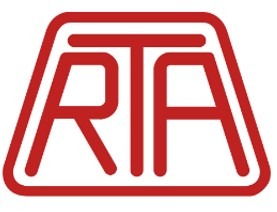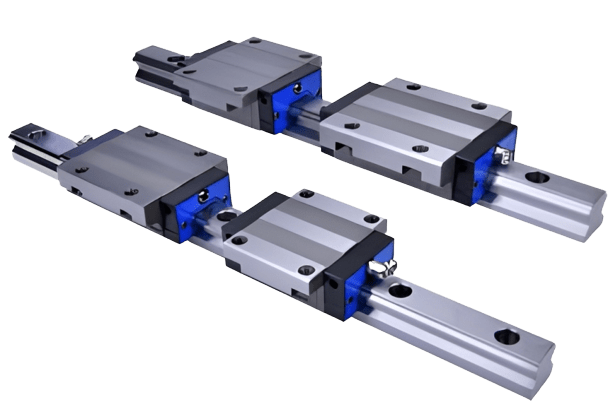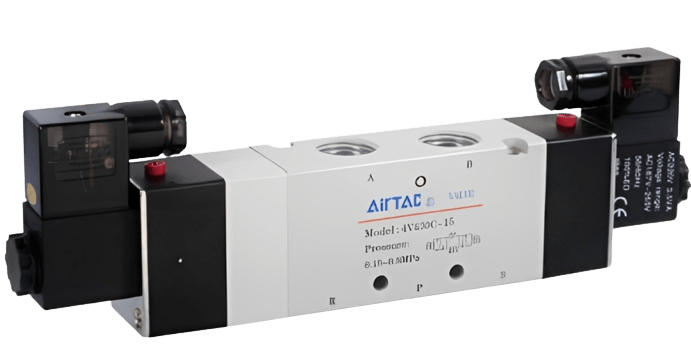Automotive Automation
The Canadian automotive industry, primarily in Ontario, forms the backbone of the nation’s manufacturing sector. As of 2020, it contributes around 10% of manufacturing GDP and 23% of manufacturing trade, with major automakers like General Motors, Toyota, Honda, and Ford operating assembly plants in the country. With our advanced electric and pneumatic automotive factory automation technologies, we deliver unmatched precision and productivity, providing superior automotive manufacturing automation solutions tailored to meet the dynamic needs of vehicle and truck production.
Humphrey Automation is proud to be the official distributor in Canada for car factory automation products, delivering cutting-edge solutions for optimized production.
The right solutions for your Automotive Automation
- Assembly Lines
- Air Braking & Suspension
- Welding Robots
- EV Battery Assembly
- Stamping and Pressing
- Quality & Inspection
Top Automotive Automation Products
Interested in purchasing or learning more about our products?
Uses Cases and Ideas in Automation for Automotive Manufacturing
01. Pneumatic Components and Equipment
Automakers employ high-precision pneumatic valves to regulate the flow of fluids such as paints and primers. In this case, Humphrey Products’ iDP Valve series is perfect for such an application. These indirect single or double solenoid valves can effectively control fluids, providing the much-needed consistency in painting or coating operations. These valves can be easily integrated into the paint shop’s PLC system to achieve desired coating thickness and finish quality.
The automotive industry employs pressing and stamping machinery to shape body panels and other parts. Here, Fabco Air’s pancake cylinders can provide rapid yet controlled movement, ensuring a high degree of accuracy. Whether it’s the stamping of a door panel or pressing of a heat shield, these cylinders can withstand the high-impact nature of these operations, delivering reliable performance over an extended period.
Modern car manufacturing relies heavily on robotics. AirTac’s compact pneumatic systems, especially the MA series mini cylinders, can be employed to control the intricate movements involved in car interiors or dashboard assembly. For example, these pneumatic cylinders can provide the necessary actuation force for robotic arms when installing infotainment screens or air conditioning vents, ensuring the correct positioning and alignment of parts.
Vehicles with air suspension systems provide enhanced comfort by adjusting the ride height according to the terrain. Pneumatic components like air springs and pressure regulators from AirTac can be a part of these systems. Air springs can effectively absorb road shocks while pressure regulators maintain optimal air pressure in the suspension system, delivering a smooth ride.
02. Electrical Motion Systems
As the trend towards automation continues, the need for accurate motion control becomes paramount. RTA’s X-PLUS series drives can provide effective management of the speed and synchrony of assembly line platforms. These drives, coupled with RTA’s B3 series stepper motors, can control the precise movements of robotic arms, facilitating complex tasks like circuit board installation or component assembly.
Automated tire mounting stations are common in automotive assembly lines. RTA’s TBS series stepper motors can provide the exact rotations needed to align the tire with the wheel hub. Similarly, the RTA’s L series stepper motors can adjust the torque applied during the bolting process, ensuring the wheel is securely fastened.
During the manufacturing process, electrical systems like lights, infotainment systems, and navigation systems need to be tested for functionality. Here, RTA’s M2 series stepper motors can control the movement of the testing rigs, ensuring each system is properly tested.
03. Machine Vision Systems
Quality control is critical in automotive manufacturing. The Inspekto S70 system can significantly enhance the defect detection process. For example, it can inspect car parts like gearboxes, bearings, or bodywork for defects. It can detect irregularities like paint blemishes or misaligned components, sending real-time alerts to the operator for quick rectification.
- Engine Components: Inspecting engine parts like pistons, crankshafts, and cylinder heads for defects, surface imperfections, and dimensional accuracy.
- Chassis Parts: Detecting flaws in suspension components, such as control arms and ball joints, ensuring structural integrity.
- Transmission Parts: Inspecting gears, shafts, and casings for defects that might affect performance and reliability.
- Weld Quality Control: Verifying the quality of welds on metal parts to ensure they meet safety and structural standards.
- Interior Trim Parts: Inspecting plastic dashboard components, door panels, and center consoles for surface defects, proper assembly, and color consistency.
- Exterior Components: Ensuring the quality of plastic parts like bumpers, grilles, and side mirrors, checking for scratches, dents, and color discrepancies.
- Headlight and Taillight Assemblies: Verifying the alignment and integrity of plastic components in lighting systems, avoiding issues with light dispersion and water ingress.
Want to know more about our custom solutions process?
The automotive automation solutions are tailored perfectly to your needs.
Experience automotive manufacturing automation solutions tailored perfectly to your needs. Optimize production with precision-engineered technologies designed for efficiency and reliability.










